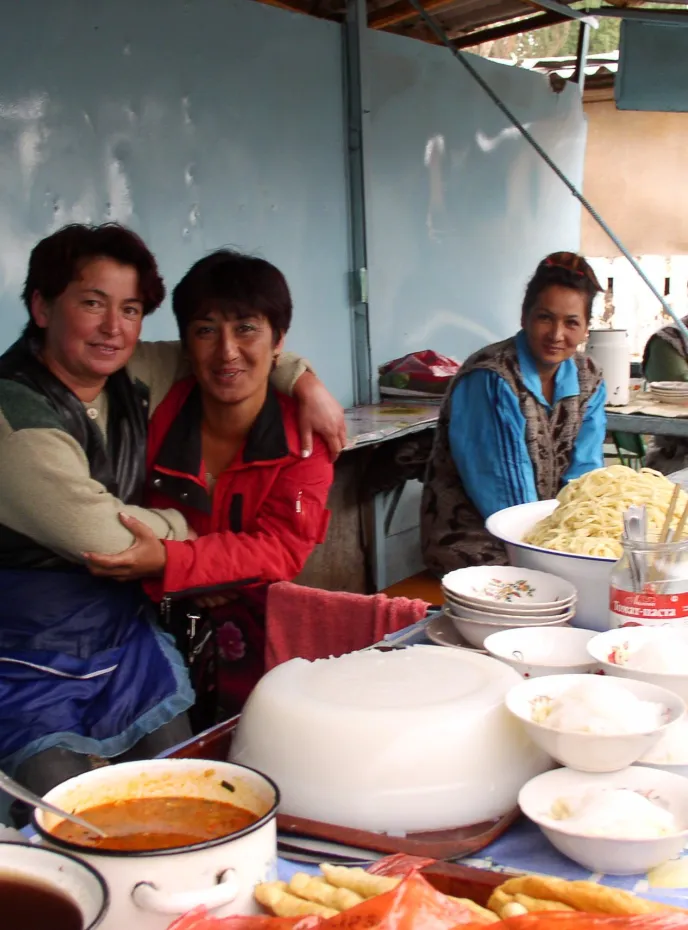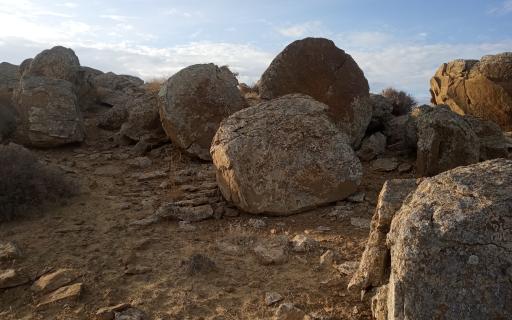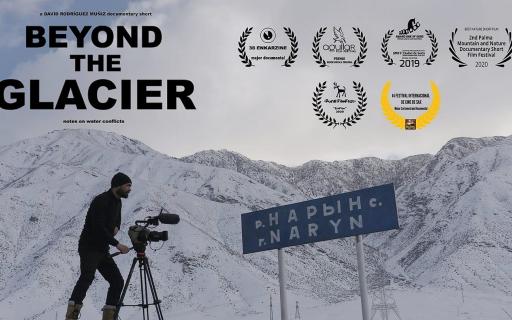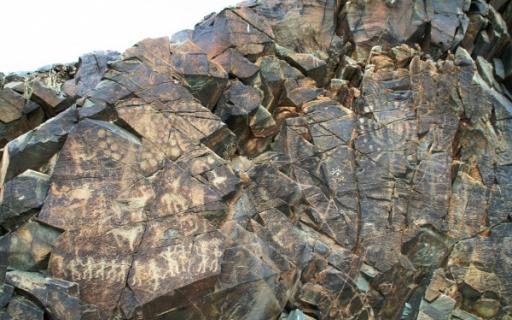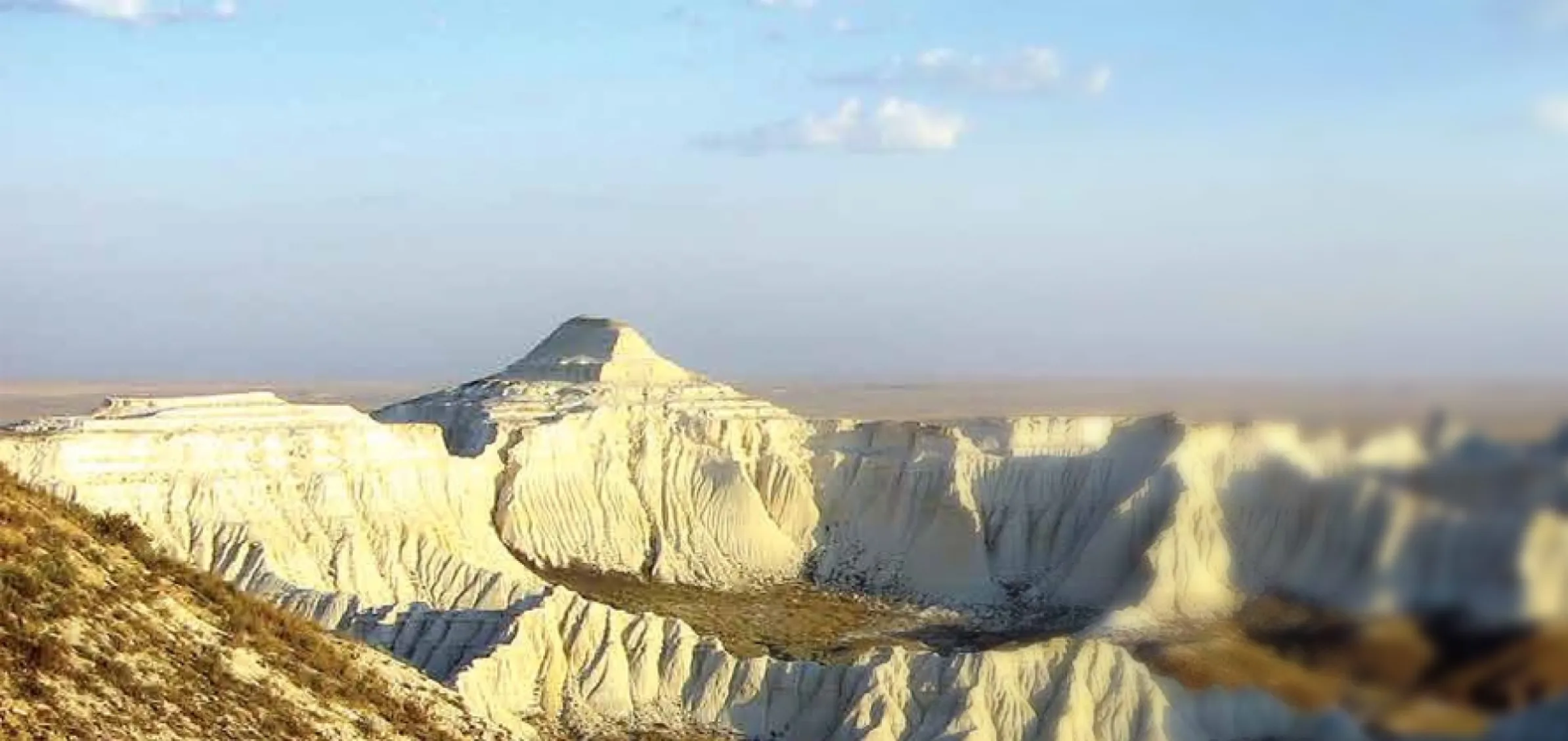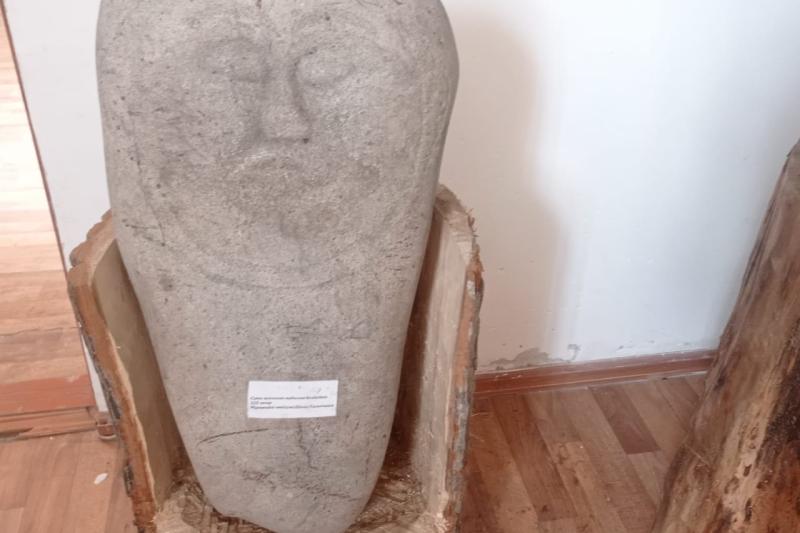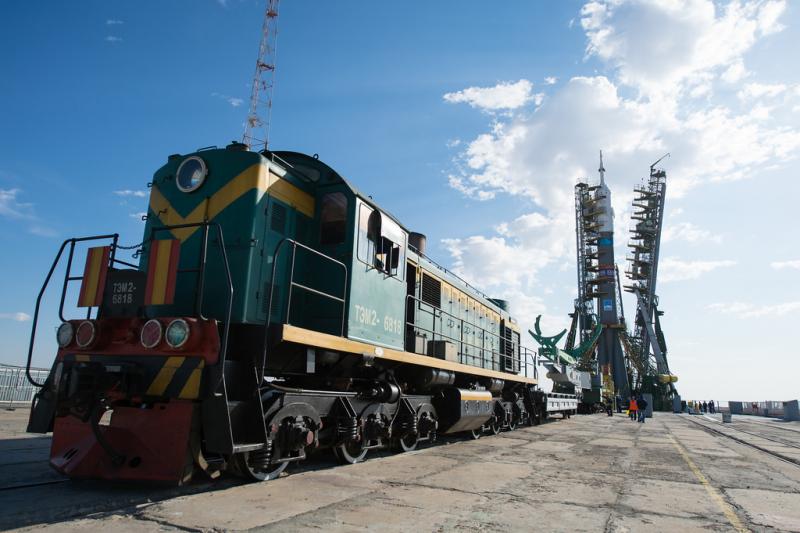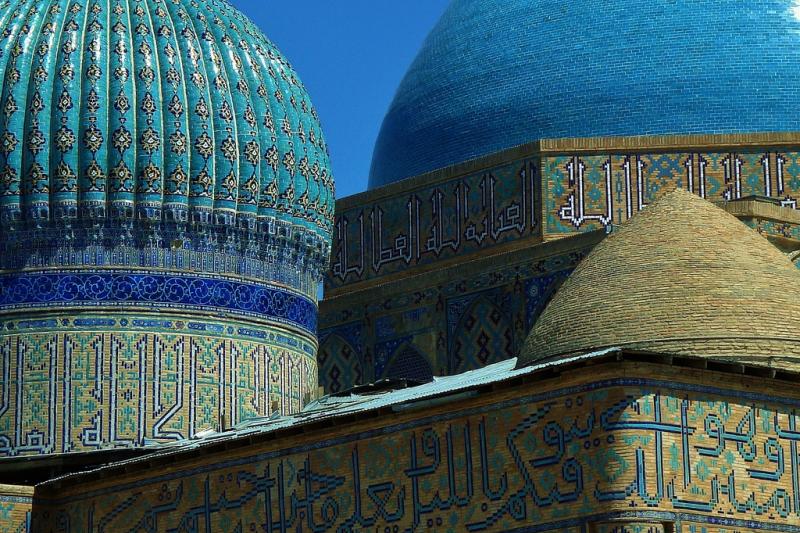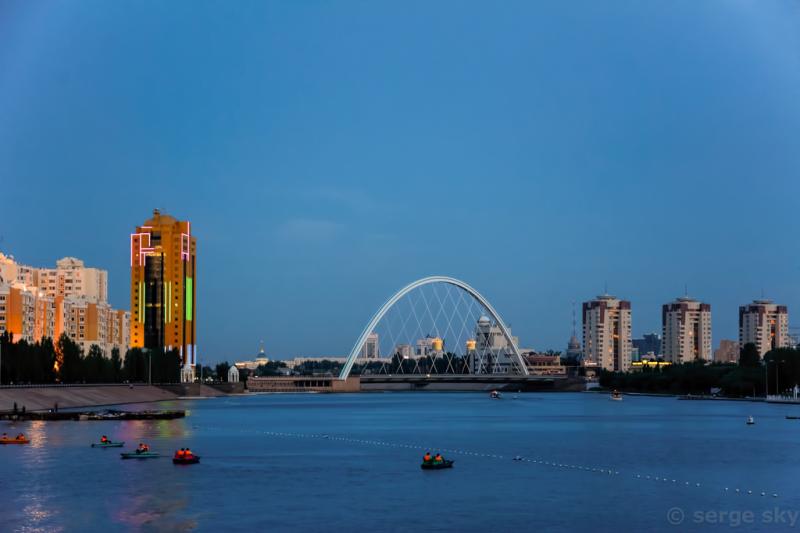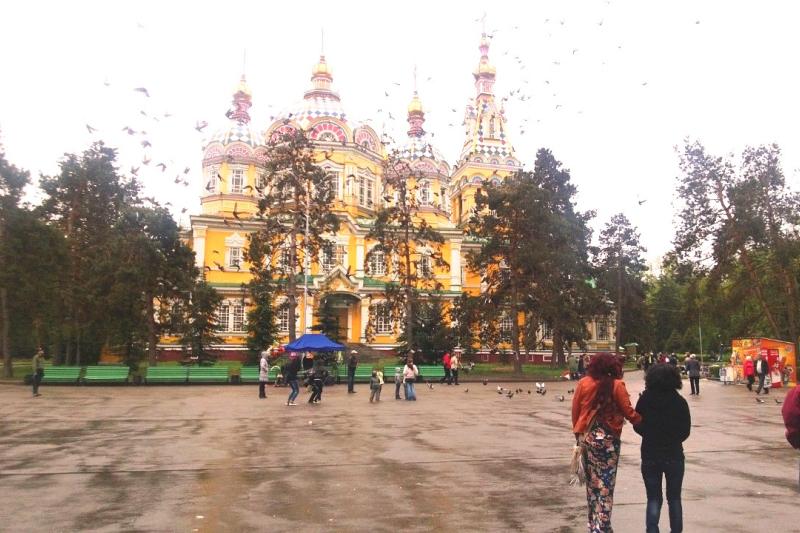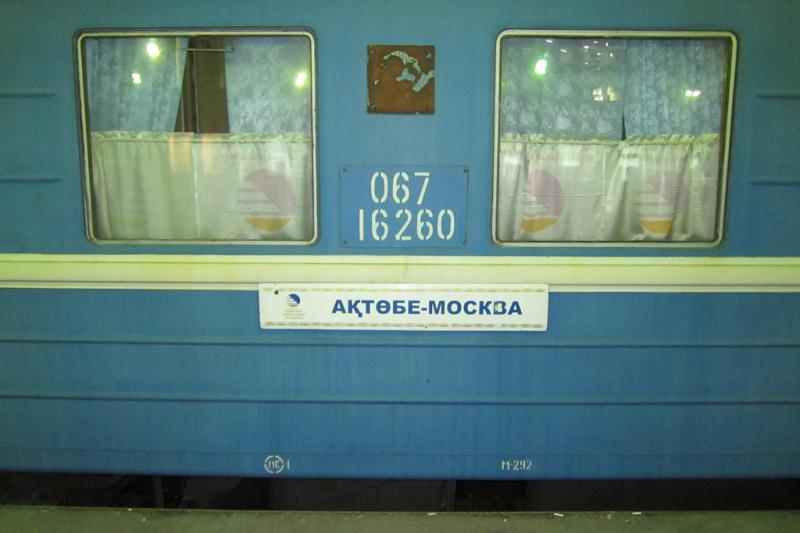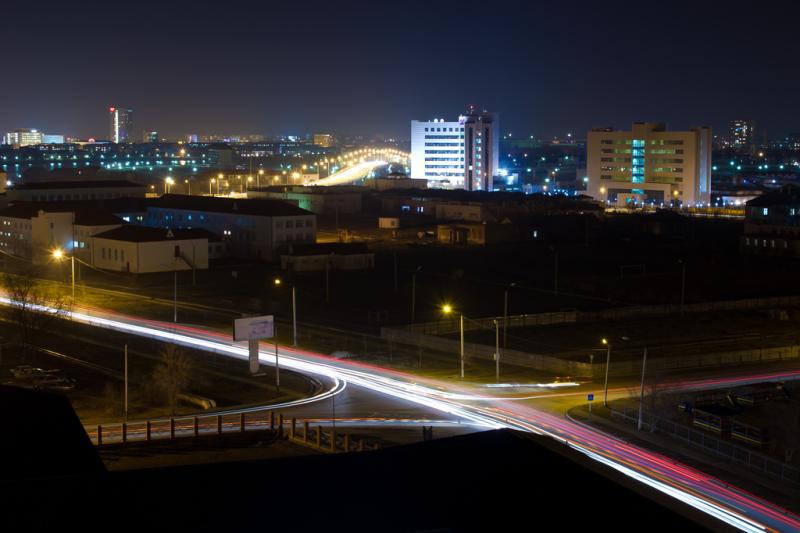Atyrau is a city in the western part of Kazakhstan, located on the Ural River. The city is the administrative center of the Atyrau region and one of the key oil and gas regions of Kazakhstan. Here is some information about the city of Atyrau:
History: Atyrau has an ancient history associated with trade and fishing on the Ural River. The city was founded in the 19th century and has since developed as an important transport and industrial center.
Economy: The basis of Atyrau's economy is the oil and gas industry. The city is home to large oil refineries, companies and oil and gas fields. In addition, Atyrau has a developed industry related to oil processing, the production of chemicals and construction materials.
Climate: Atyrau has a continental climate with hot summers and cold winters. In summer temperatures can rise to +40°C, and in winter they can drop to -20°C.
Attractions: Atyrau has several interesting places to visit, including historical monuments, parks and cultural centers. Among them, it is worth highlighting the Museum of History and Culture of the Atyrau Region, the Shakhtar monument, the Zhastar park and others.
Culture and Education: Atyrau offers a variety of cultural and educational opportunities. The city has theaters, cinemas, museums, and also educational institutions, including colleges and universities.
Transport: Atyrau is well connected to other regions of Kazakhstan and neighboring countries through roads, railways and domestic airlines. The city also has a river port on the Ural River.
Nature: In the vicinity of Atyrau you can find a variety of landscapes - from desert plains to rivers and lakes. This makes the region interesting for eco-tourism and outdoor recreation.
Atyrau is an important industrial and economic center of Kazakhstan with a unique history and cultural heritage. The city attracts both businessmen and tourists, offering a variety of opportunities for development and recreation.
